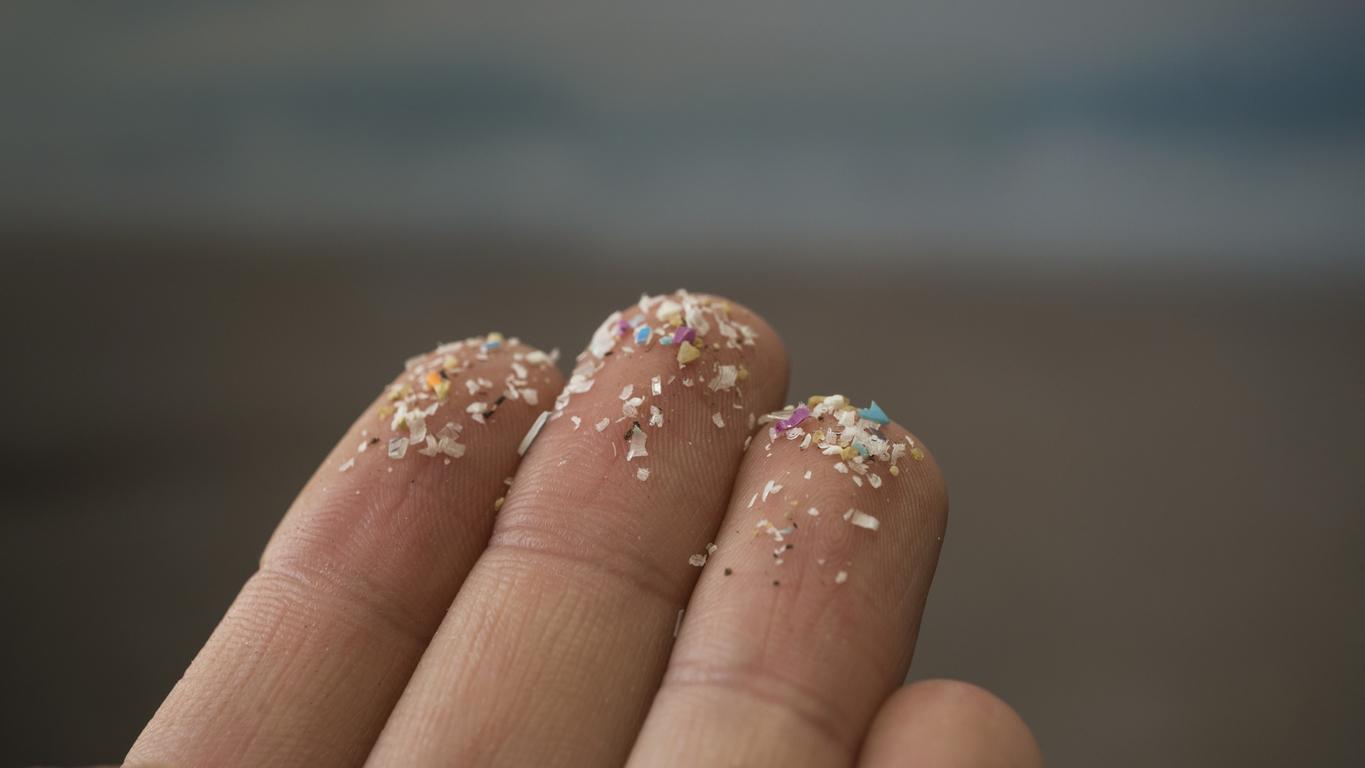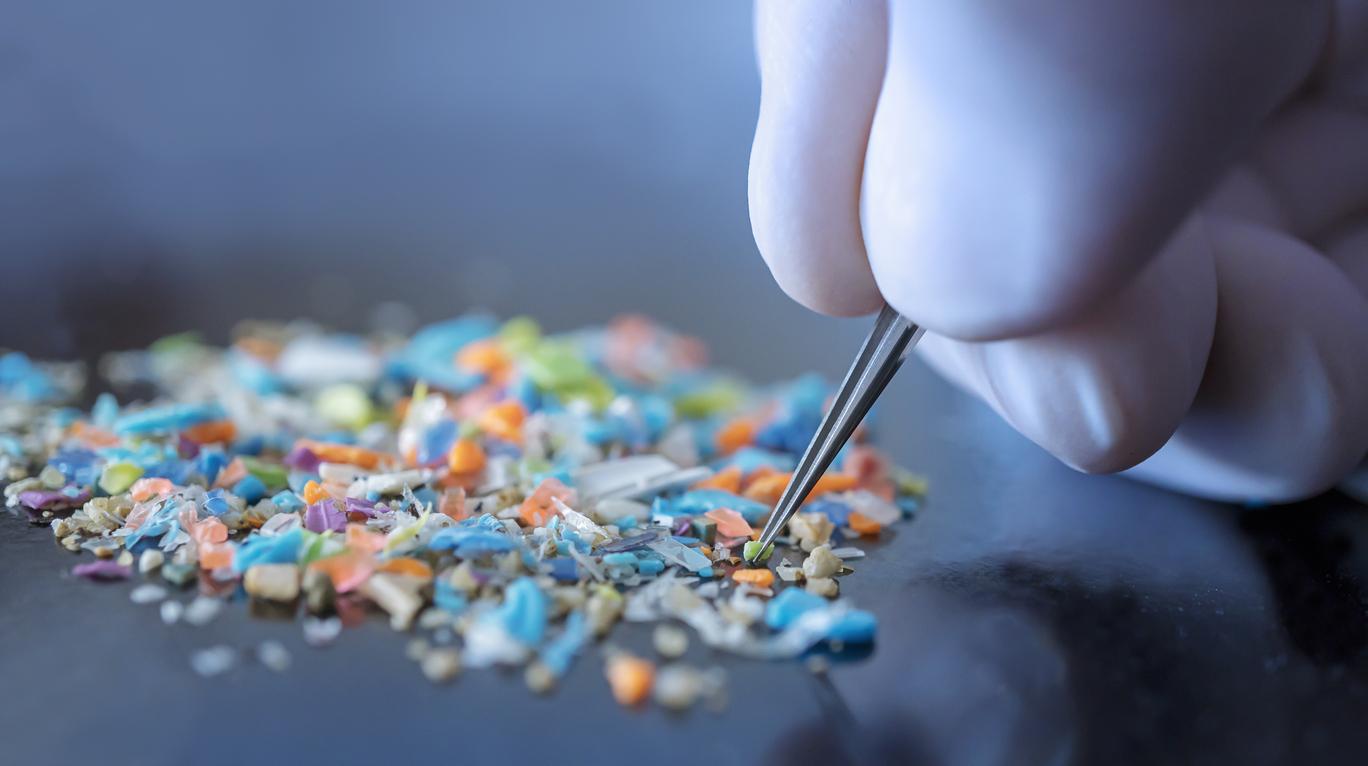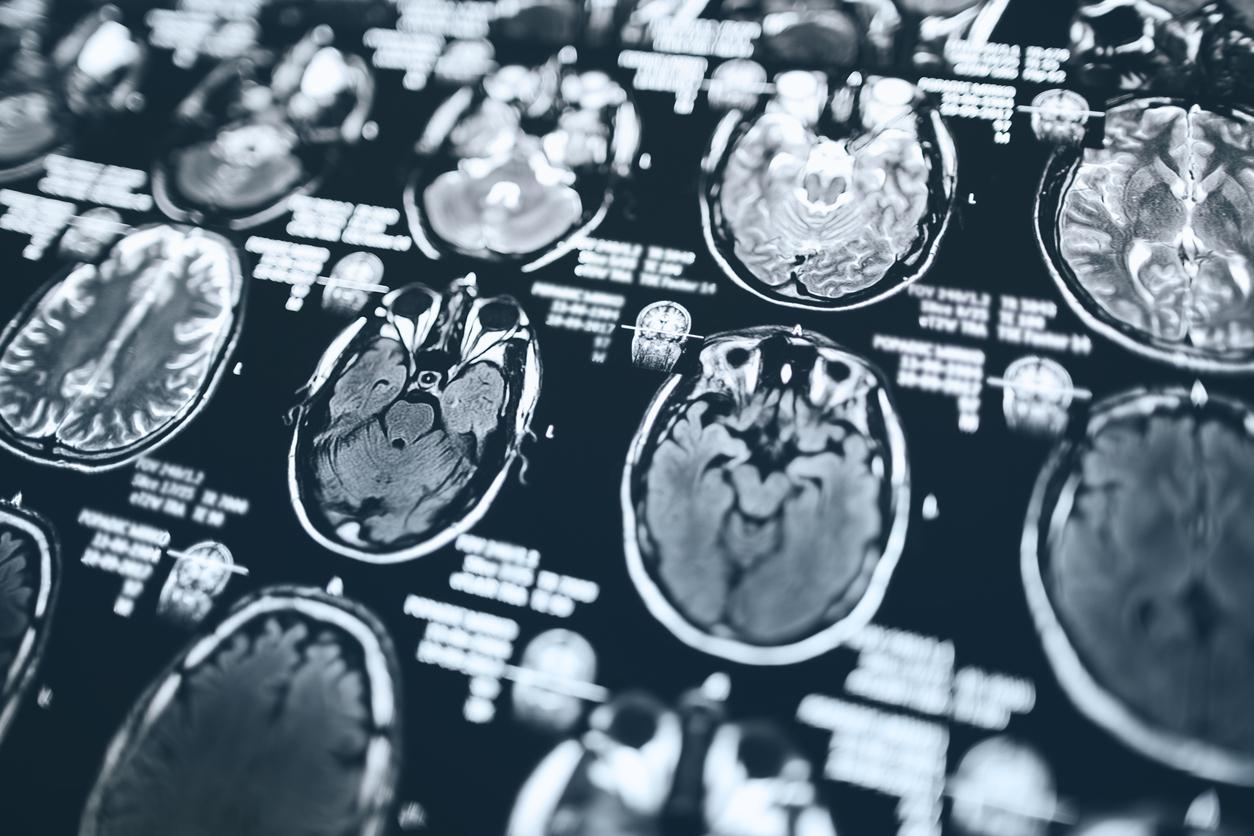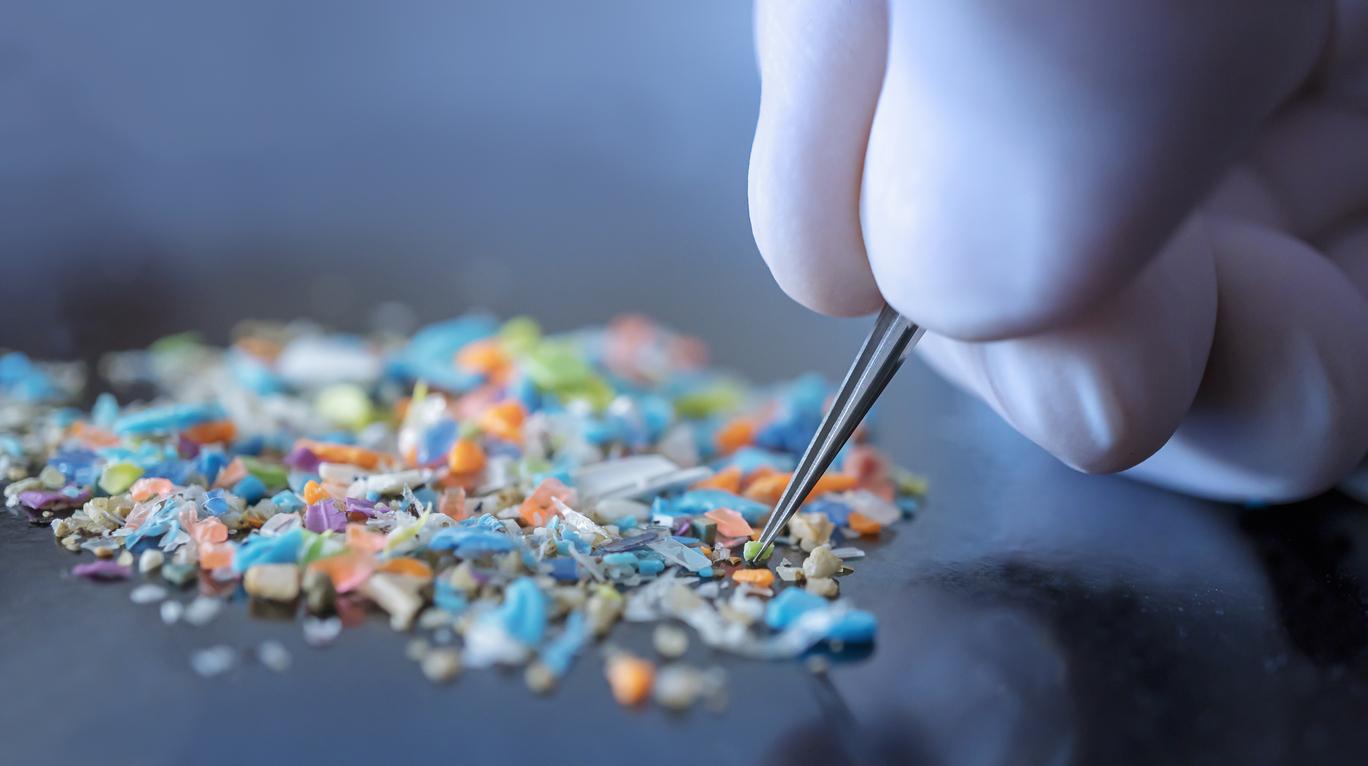Contrary to what the WHO stated, microplastics present in the environment and the body have harmful effects on human health, particularly the urinary tract, according to researchers.

- Microplastics do indeed contaminate the human urinary tract, contrary to what the WHO stated in 2019, according to a study.
- Researchers assessed the presence of microplastics and nanoplastics in urine, kidney and bladder cancer samples. The numbers are alarming: plastics were detected in 54%, 70% and 68% of samples, respectively.
- Microplastics cause significant damage to cells in the human urinary tract, leading to inflammation, decreased cell survival, and increases the risk of serious illnesses, such as chronic urinary tract infections, kidney disease, and even some cancers.
“We drink them, we eat them, we breathe them.” A new study calls into question the findings of the World Health Organization (WHO) of 2019, according to which microplastics present in drinking water are harmless to human health. These invisible plastic particles, which are found everywhere in the environment, actually have deleterious effects on the body, in this case the urinary tract.
Microplastics toxic to urinary tract cells
As part of their work, published in the Journal of Exposure Science & Environmental Epidemiologyresearchers from Bond University (Australia) reviewed 18 previous studies to assess the presence of microplastics and nanoplastics in urine, kidney and bladder cancer samples. The numbers are alarming: plastics were detected in 54%, 70% and 68% of samples, respectively.
Microplastics cause considerable damage to cells in the human urinary tract, scientists explain in a press release. They cause cellular toxicity by disrupting the signaling of MAPK (mitogen-activated protein kinase) proteins, molecules that play a key role in the response of cells to growth signals and stress. This disruption leads to inflammation, reduced cell survival and increases the risk of serious diseases, such as chronic urinary tract infections, kidney disease and even certain cancers.
Microplastics therefore indeed contaminate the human urinary tract, contrary to what the WHO stated a few years ago. “The documented cytotoxic effects of microplastics, as well as their ability to induce inflammation, reduce cell viability and disrupt signaling pathways, raise significant public health concerns”underlines Liam O’Callaghan, one of the authors of the study.
Plastic particles everywhere in the environment and humans
The massive use of plastic in recent decades has led to a proliferation of microplastics in the environment. In 2019, around 368 million tonnes of plastic were produced globally – and this figure could double by 2039. These fragments disperse in the air, water, soil, and now in human bodies. The question of their health impact is increasingly urgent. “In 2019 alone, 404 million urinary tract infections were recorded, leading to more than 236,000 deaths”notes the study.
“We drink them, we eat them, we breathe them. They can be absorbed through the skin”agrees Liam O’Callaghan. Even simple everyday actions expose people to microplastics. “When you heat plastic containers, there can be millions of these microparticles that leach into the food. You can filter your water, but if that filter is plastic, over time it will start to degrade and pollute water. Even tea bags are covered in plastic so the paper doesn’t disintegrate when immersed in boiling water, and these bags can release billions of particles into your tea.
Microplastics and cancers?
To minimize exposure to microplastics, the use of glass containers and the abandonment of plasticized food packaging are concrete solutions. “Why do we wrap everything in plastic in stores? Does fresh produce really need to be wrapped in plastic, or could we just sell everything without the unnecessary packaging?”asks the scientist.
He and his team now plan to deepen their investigations into the impact of microplastics on the human body. “We started with the urinary tract because the kidneys are the body’s filtration system, O’Callaghan explains. We know that microplastics are found in cancerous tissues, but do they have anything to do with the formation of cancers? We don’t know yet.”
















